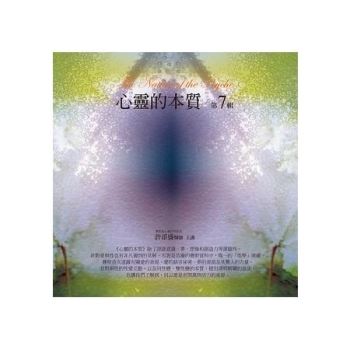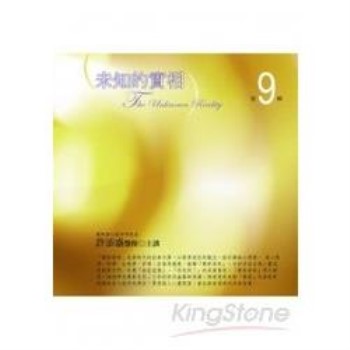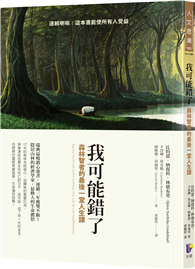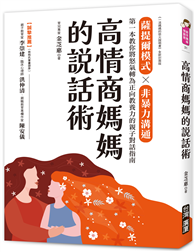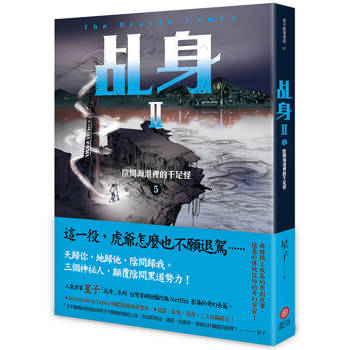VV (vaccinia virus) is one of the most complex viruses, with a size of more than 300 nm and more than 100 structural proteins. Its assembly involves sequential interactions and major rearrangements of its structural components. In this study, infected cells were selected by light fluorescence microscopy and subsequently imaged by X-ray microscopy under cryogenic conditions. Tomographic tilt series of X-ray images were used to produce three-dimensional reconstructions showing different cellular organelles (nuclei, mitochondria, ER), along with two other types of viral particles related to different stages of vaccinia virus maturation (IV) immature and (MV) mature particles; witaferin assays showed actin binding, which prevents polymerization and elongation of filaments; causing mispackaged or aberrant virions, which inhibits the progression of viral infection. The findings demonstrate that X-ray cryo-tomography is a powerful tool for collecting three-dimensional structural information from frozen, unfixed whole cells.
| FindBook |
有 1 項符合
Application of X-Ray Cryo-Tomography Technique (Cryo-XT)的圖書 |
 |
Application of X-Ray Cryo-Tomography Technique (Cryo-XT) 作者:Moreno Serrano 出版社:Our Knowledge Publishing 出版日期:2024-06-26 語言:英文 規格:平裝 / 52頁 / 22.86 x 15.24 x 0.3 cm / 普通級/ 初版 |
| 圖書館借閱 |
| 國家圖書館 | 全國圖書書目資訊網 | 國立公共資訊圖書館 | 電子書服務平台 | MetaCat 跨館整合查詢 |
| 臺北市立圖書館 | 新北市立圖書館 | 基隆市公共圖書館 | 桃園市立圖書館 | 新竹縣公共圖書館 |
| 苗栗縣立圖書館 | 臺中市立圖書館 | 彰化縣公共圖書館 | 南投縣文化局 | 雲林縣公共圖書館 |
| 嘉義縣圖書館 | 臺南市立圖書館 | 高雄市立圖書館 | 屏東縣公共圖書館 | 宜蘭縣公共圖書館 |
| 花蓮縣文化局 | 臺東縣文化處 |
|
|
圖書介紹 - 資料來源:博客來 評分:
圖書名稱:Application of X-Ray Cryo-Tomography Technique (Cryo-XT)
|
